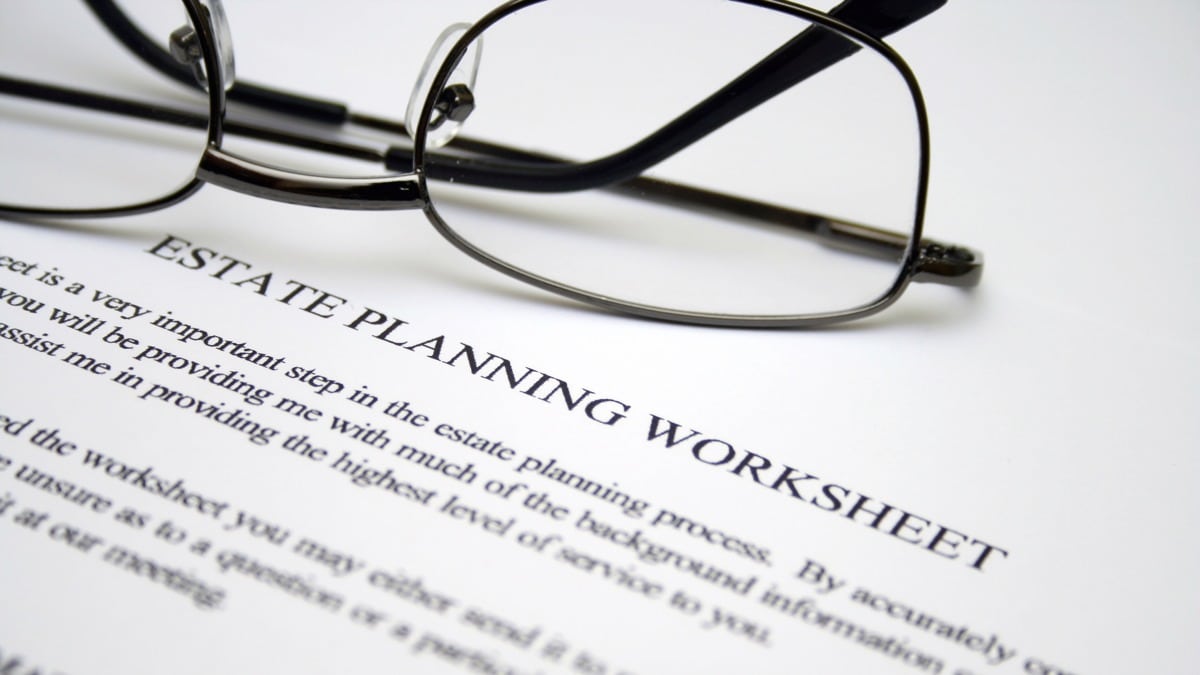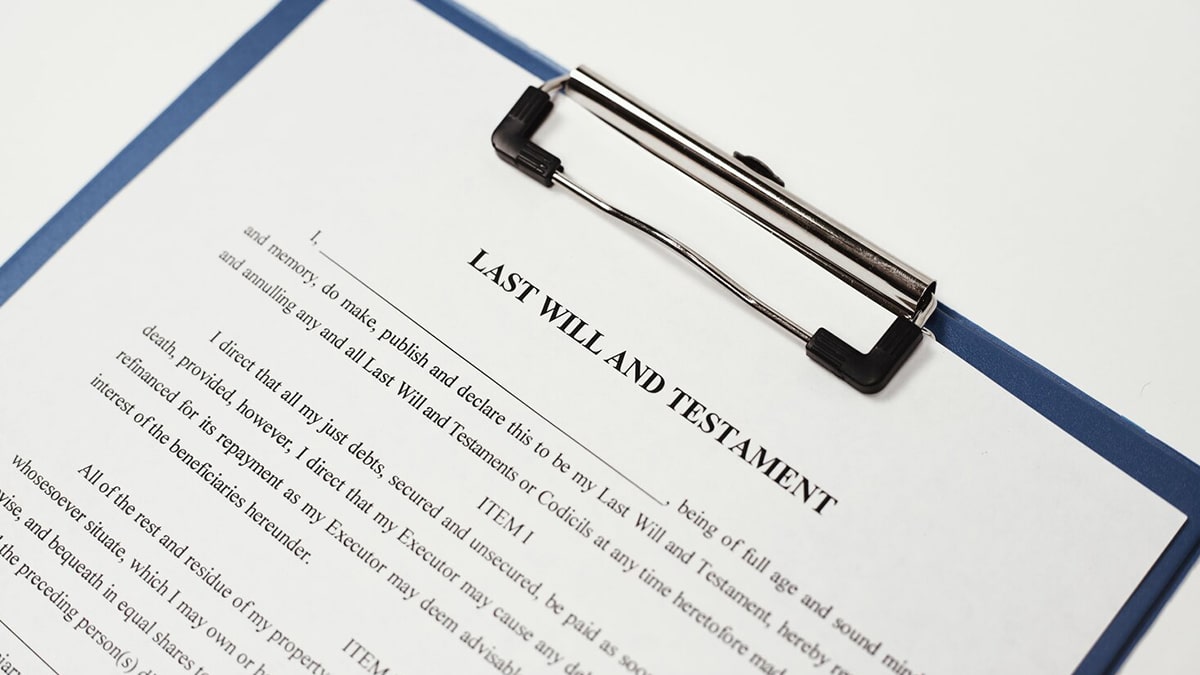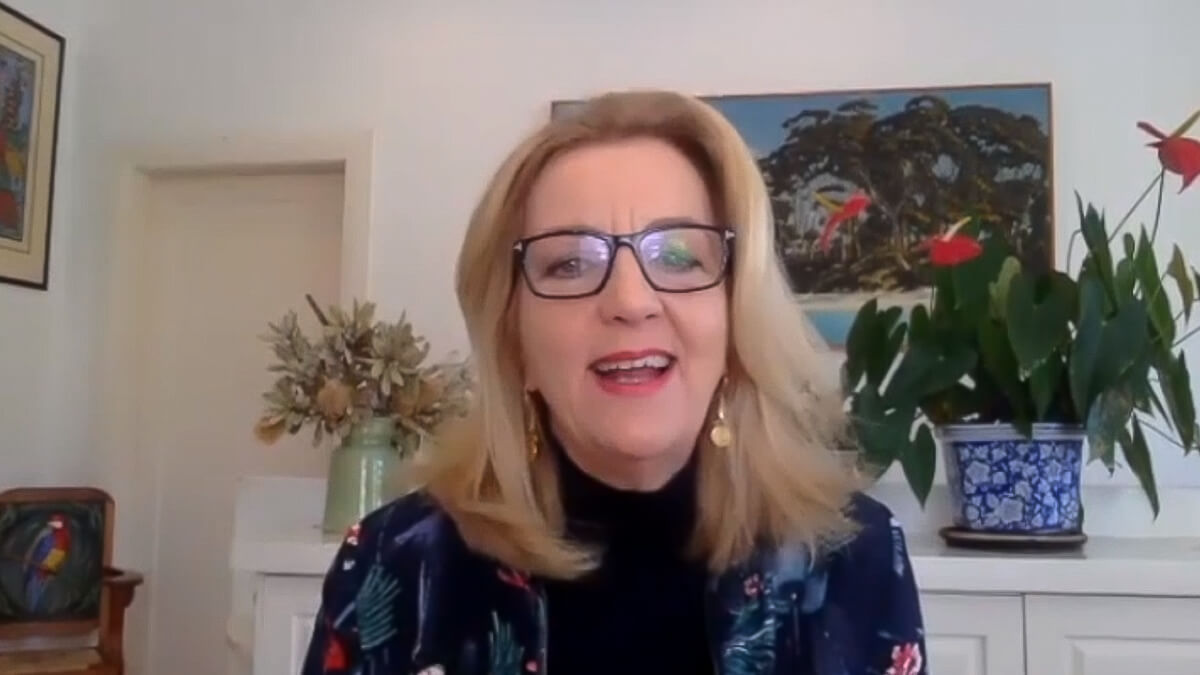While keeping your self-managed super fund (SMSF) and its investments on track is essential, have you thought about what will happen to them when you reach the end of the line? If there’s no clear plan in place for when you’re no longer around, the fund's carefully accumulated assets could end up with the wrong person, eroded by unnecessary tax, or sold off by the remaining trustees.
Over 1.1 million Australians held $885 billion in assets in an SMSF in September 2023, so it’s not a small amount of money or only a few people who need to think carefully about their SMSF estate plan.
Planning what will happen to your fund, who will run it and how your retirement savings are to be distributed if you die are all issues that need to be reviewed and fully documented.
There can also be valuable benefits for your beneficiaries if you have a good SMSF estate plan in place, so it’s worth taking the time to think things through carefully.
What is estate planning?
Estate planning is the process of organising your financial affairs so your wealth is efficiently distributed to your chosen beneficiaries after your death.
A good estate plan helps minimise the tax your family and other beneficiaries pay when receiving your assets. It also helps ensure your wishes are carried out as intended.
Importantly, it’s not set and forget. A good estate plan requires regular reviews as your personal circumstances or those of your family change. It also requires regularly checking your beneficiaries remain eligible to receive your super death benefits.
Learn more about estate planning.
View our webinar on estate planning issues for SMSFs.
Issues to consider in SMSF estate planning
Some estate planning issues are common to SMSF trustees and members of public offer funds, but some issues are peculiar to SMSFs.
Your Will and your super benefit
Many people believe once they have a Will in place, the future distribution of their super death benefit is fully organised. What they don’t realise is super is not automatically part of your personal estate, even if you hold it in a self-managed fund.
That’s because super is held in a trust on your behalf and not owned directly in your name.
The SMSF trustee(s) decide who receives your death benefits when you die. You cannot direct the trustee to pay a specific person through your Will.
Learn more about how trusts work.
Need to know
The provisions of the SMSF’s trust deed will take precedence over any instructions you leave in your Will about what you want to happen to your super, unless the super benefit is to be paid to your Legal Personal Representative (the executors of your Will) and distributed as part of your estate in accordance with your Will.
Simply writing a Will with instructions about where your super benefit is to be paid when you die does not become a binding direction for the remaining trustees of your SMSF.
Tax and your death benefits
Under super law, there are limits on the beneficiaries who can receive your death benefit and whether they can receive it as a lump sum or an income stream.
Although your SMSF can pay your super death benefit to both your dependants and non-dependants, the tax implications for the beneficiaries will depend on their status under tax law.
Learn more about tax on super death benefits.
How the beneficiary receives the benefit may also impact whether or not the fund will need to be wound up. If the beneficiary receives the death benefit as a pension, the fund’s investment portfolio can remain intact and the fund may not need to be wound up. In other cases, the fund may need to be wound up and potentially rolled into another super fund.
If the SMSF trust deed permits it, the death benefit may also be paid in-specie, so non-cash assets (such as a property) can be transferred directly to a beneficiary.
Learn more about in-specie transfers.
Control of your SMSF
The trustees who are in control of your SMSF when you die have a major impact on what happens to your super benefit and the fund’s assets. As your super doesn’t form part of your estate, the trustees are free to make whatever decisions they believe are in the best interests of the fund. For example, the trustees may decide to sell assets – such as a family business or property – you wished to retain within your SMSF.
There have been a number of legal cases where SMSF trustees ignored a deceased member’s wishes and redirected the payment of the member’s super death benefits, resulting in the chosen beneficiaries (such as children and spouses) missing out on substantial amounts.
Learn about key issues for SMSF trustees.
Read more about the future control of your SMSF.
Super tip: Careful selection of your SMSF’s trustees is essential, as the wrong person being in charge can ruin the most carefully planned estate distribution. Consider talking to a professional experienced in estate planning to ensure your SMSF is correctly structured.












